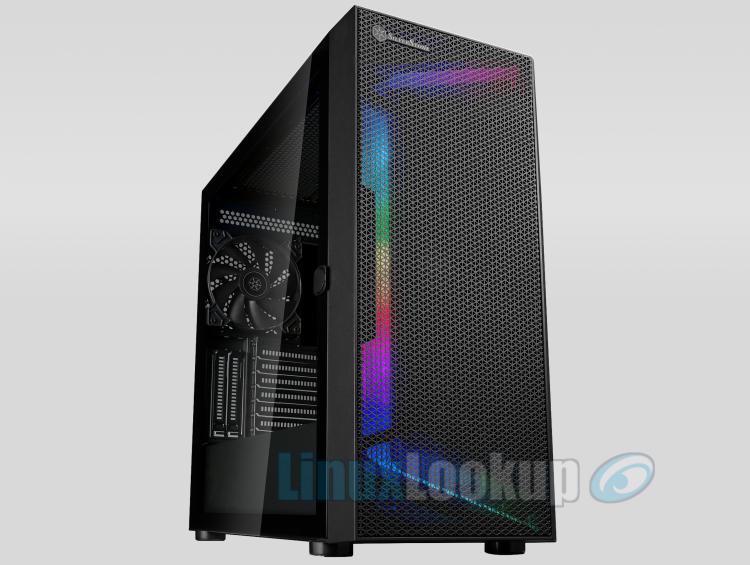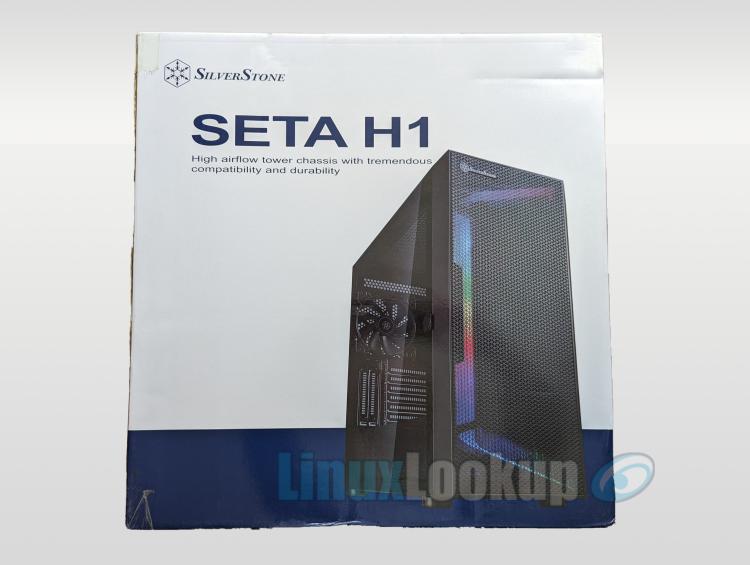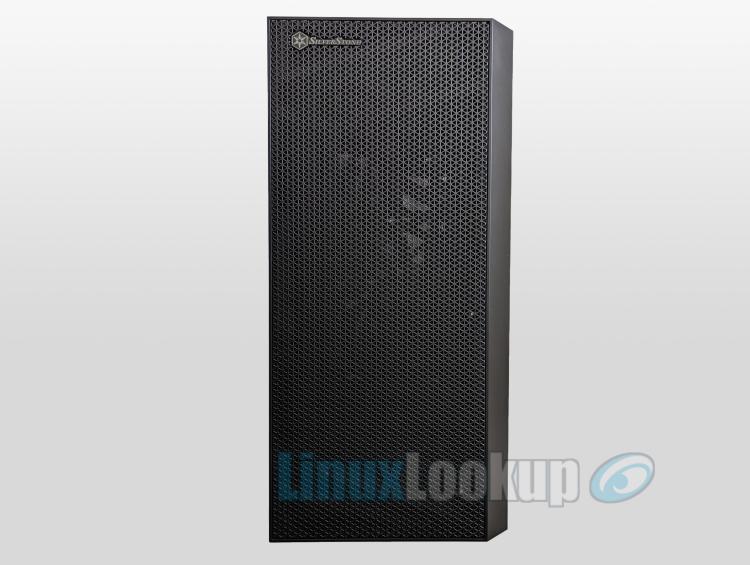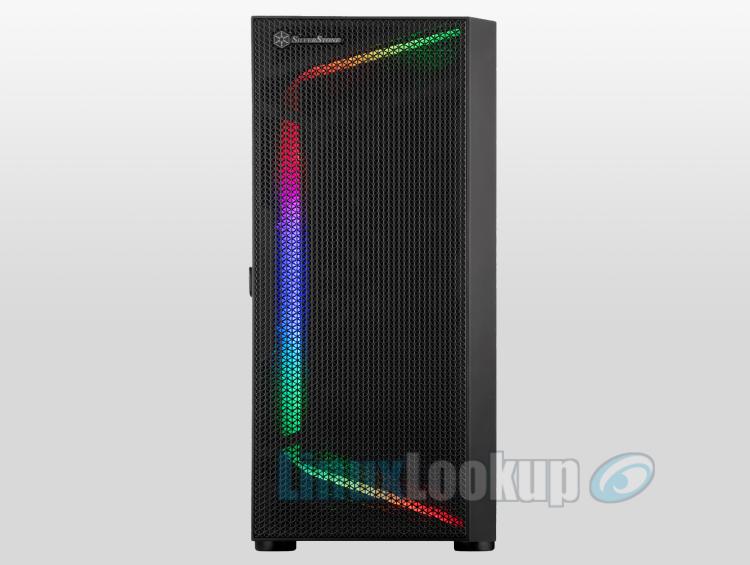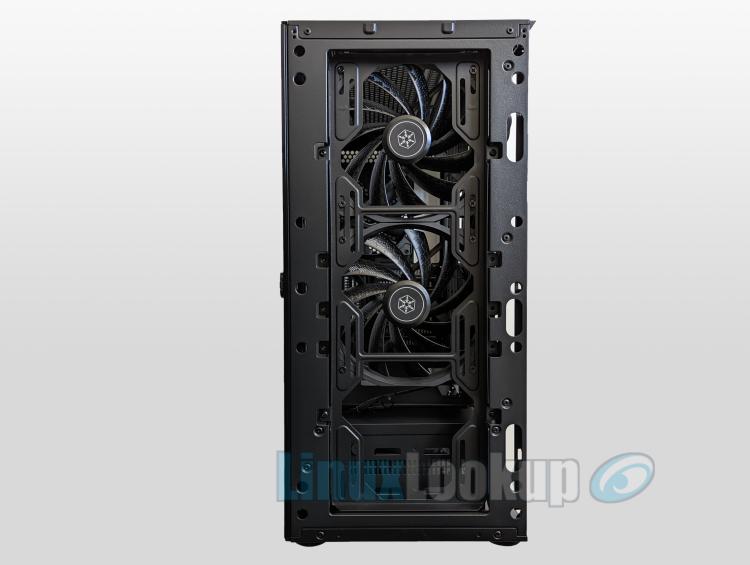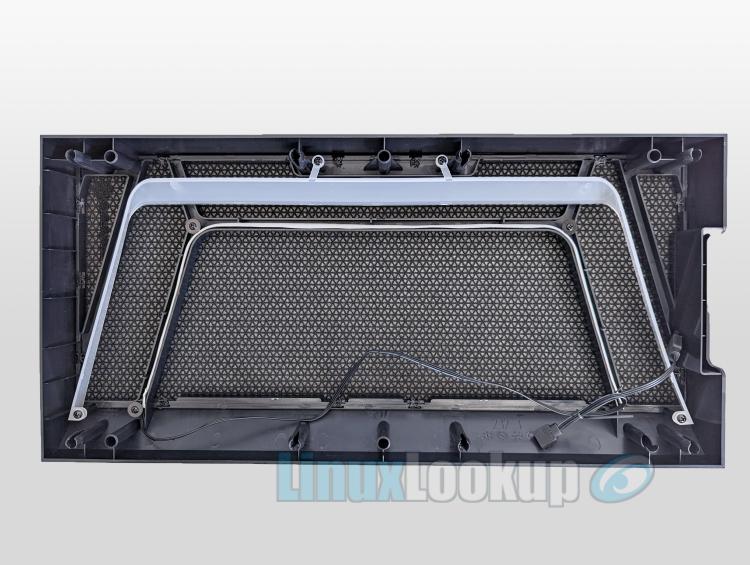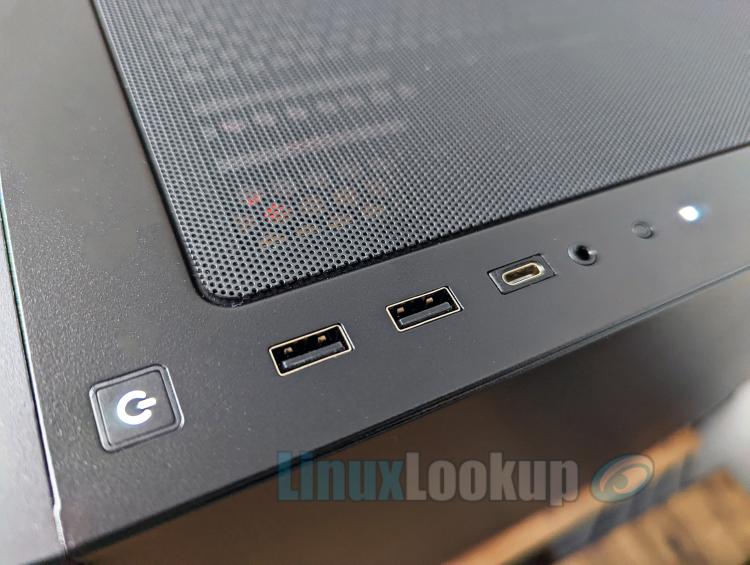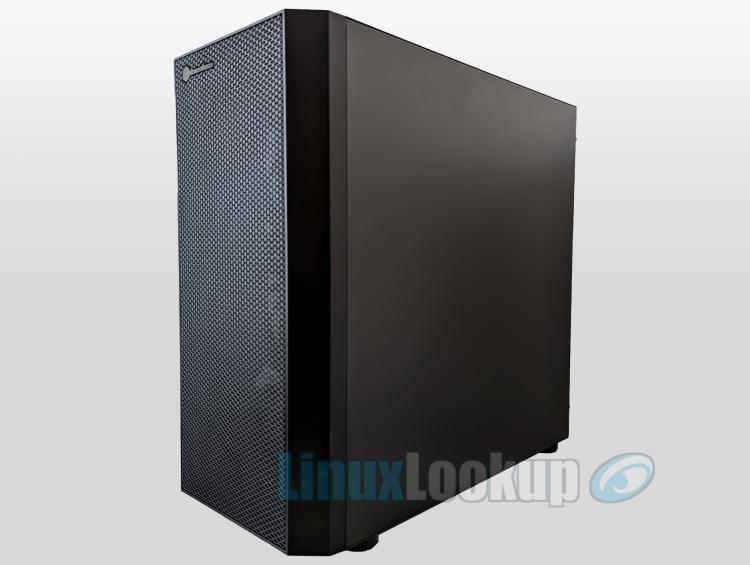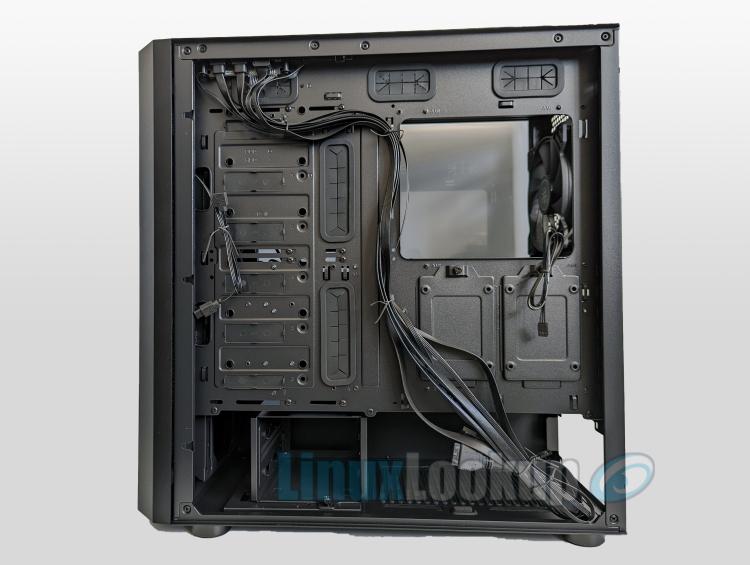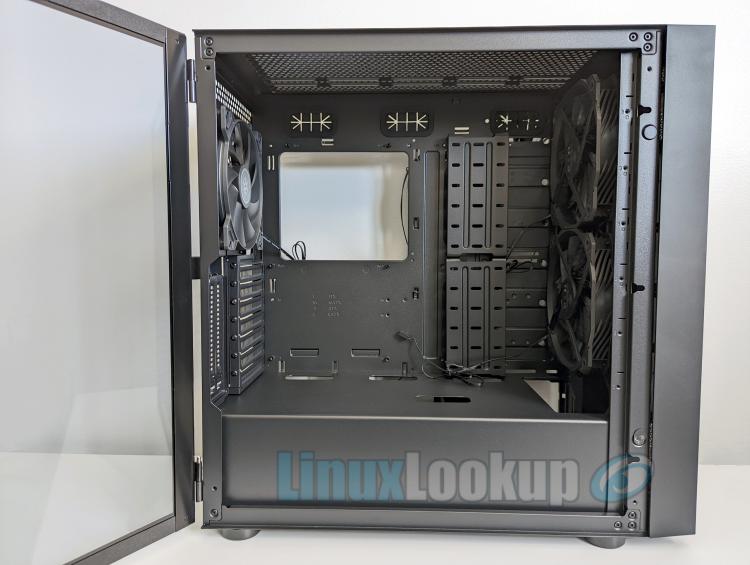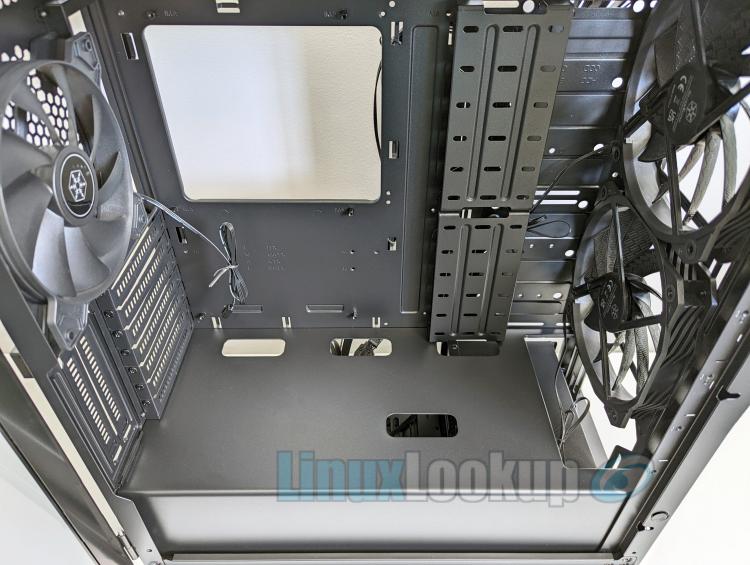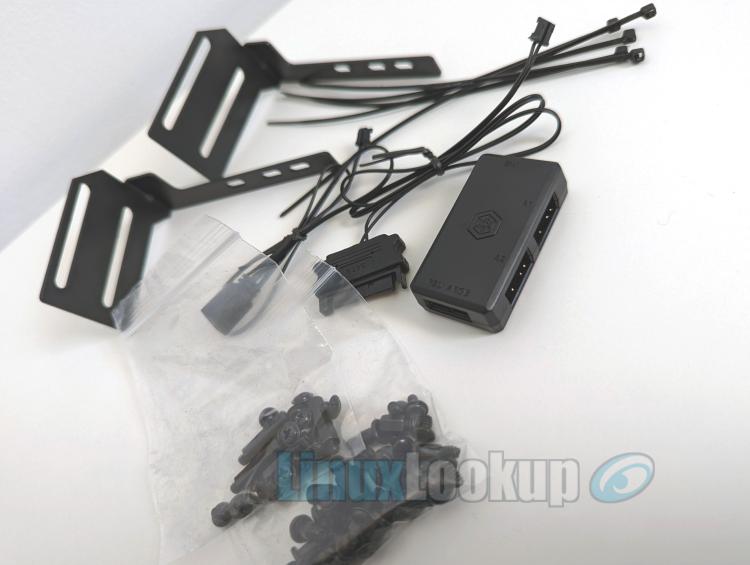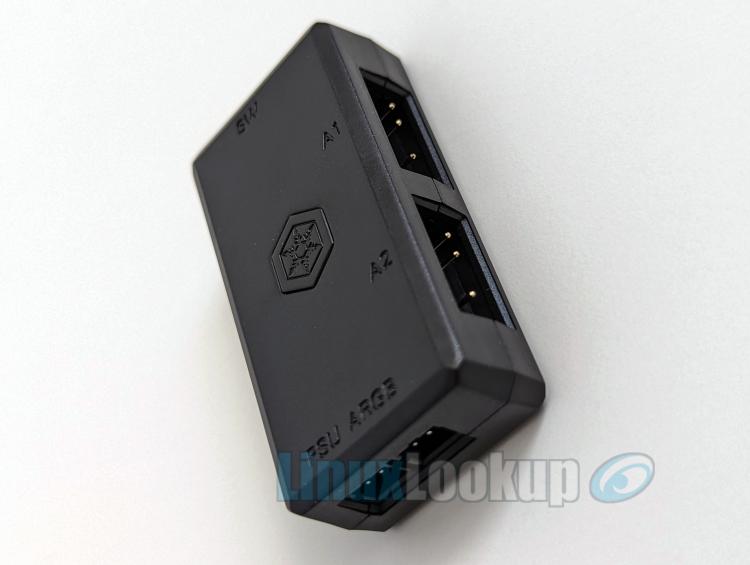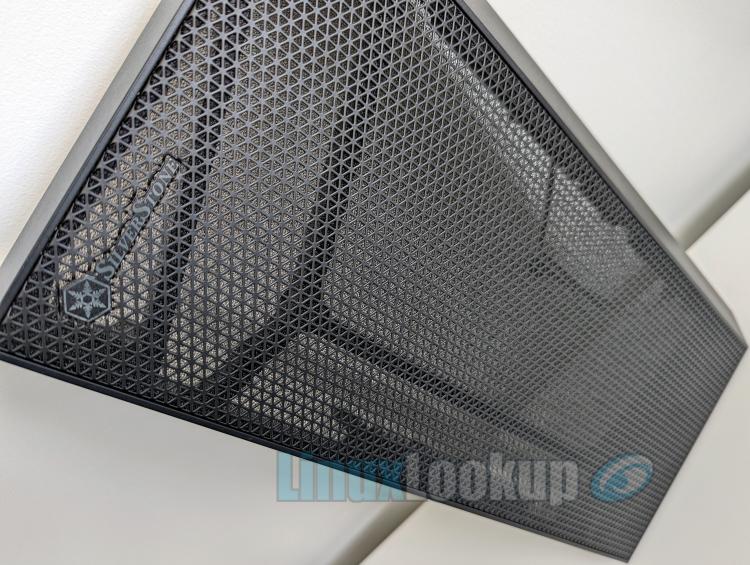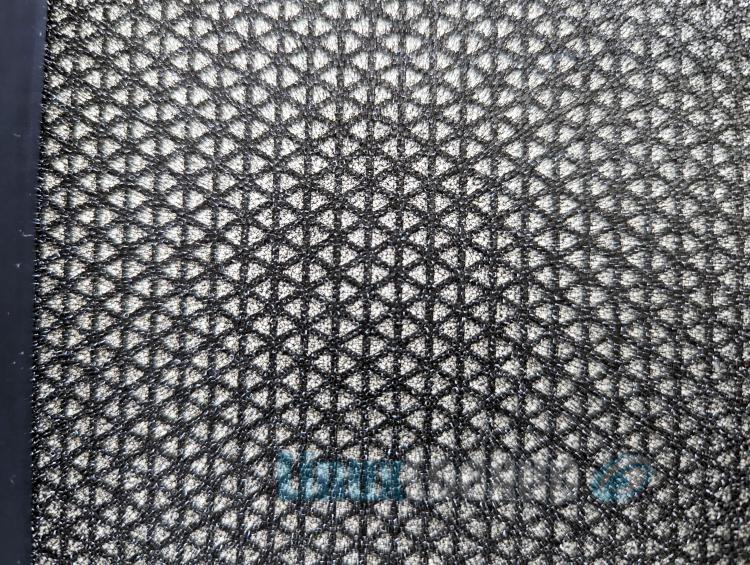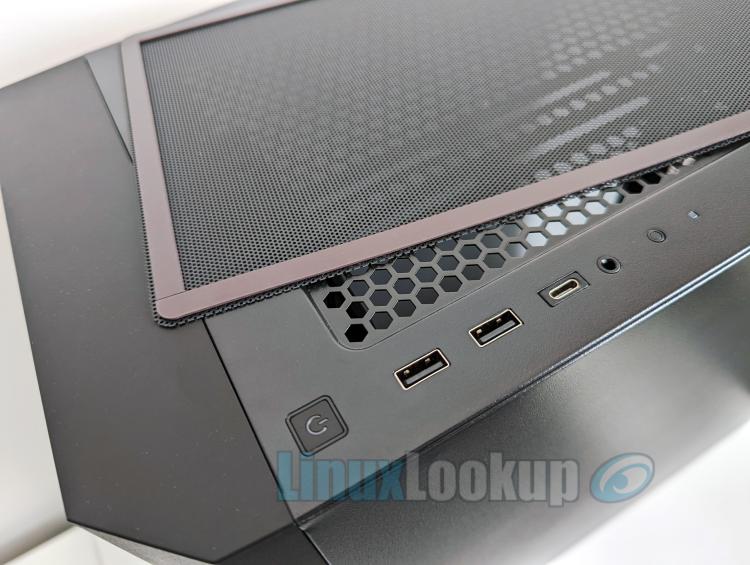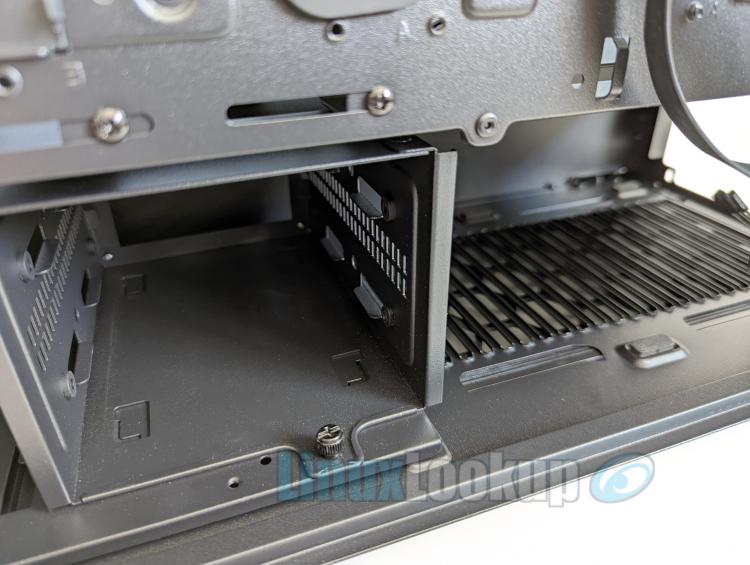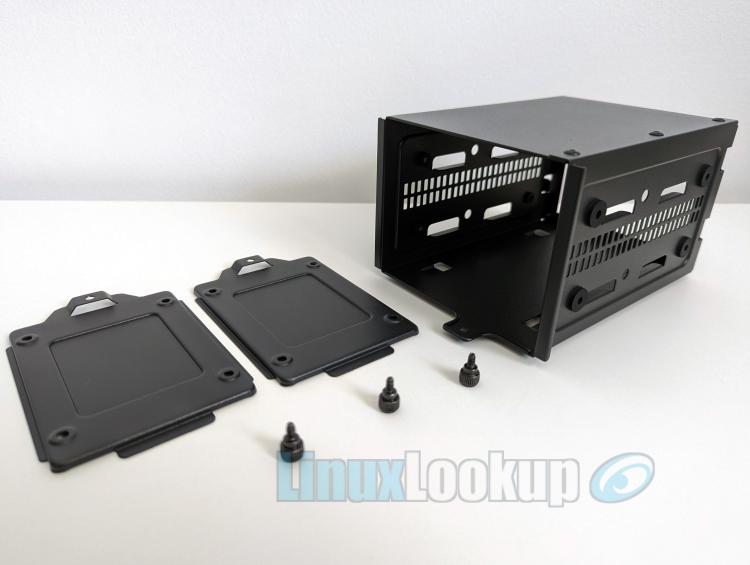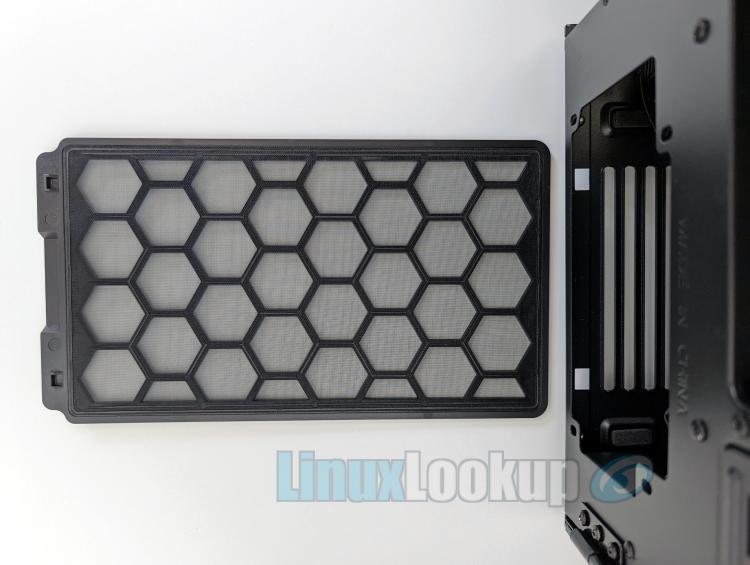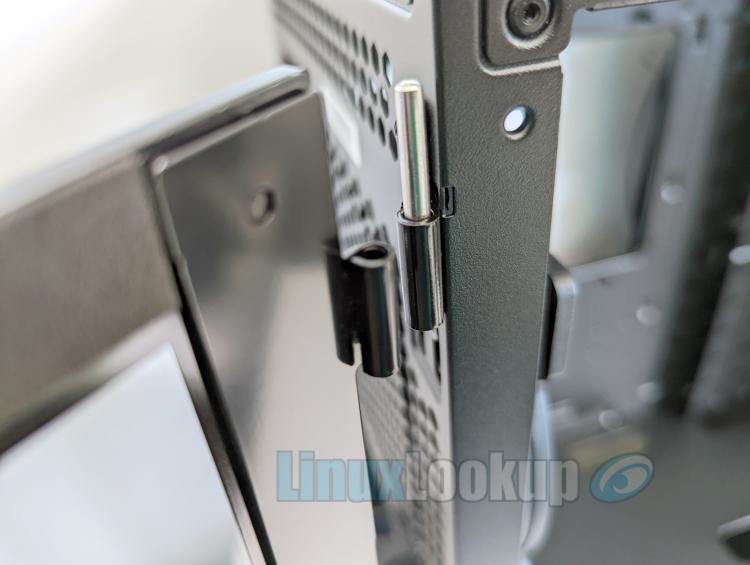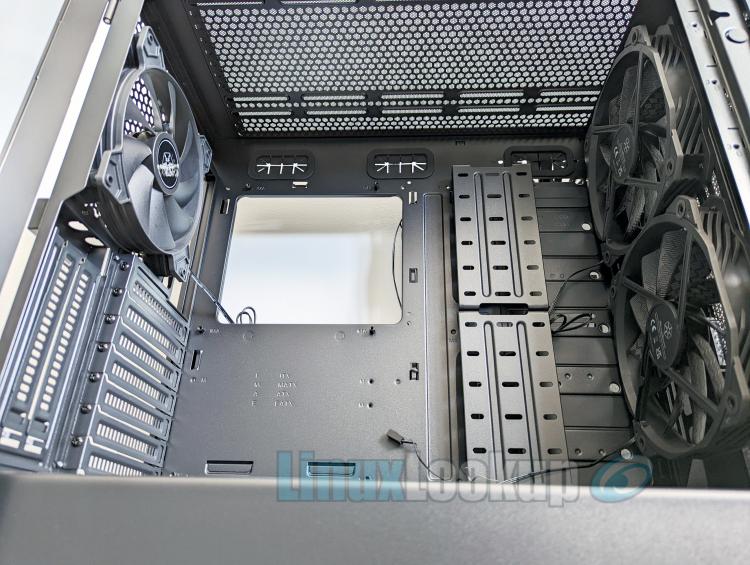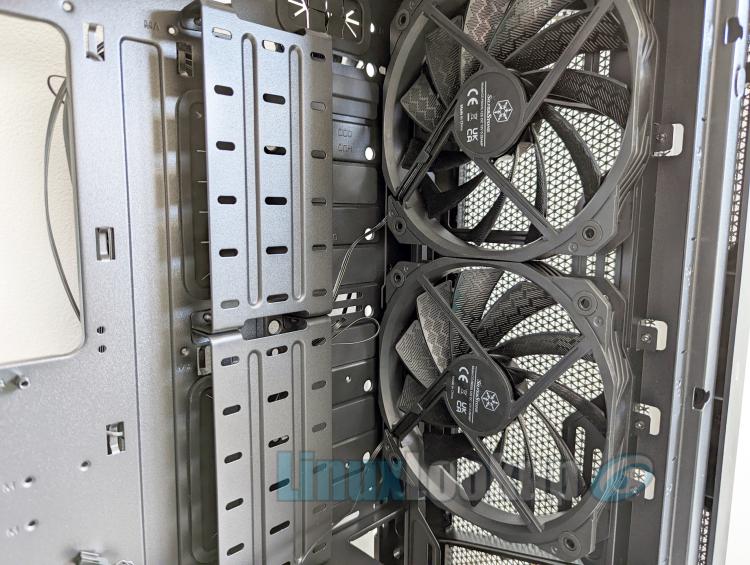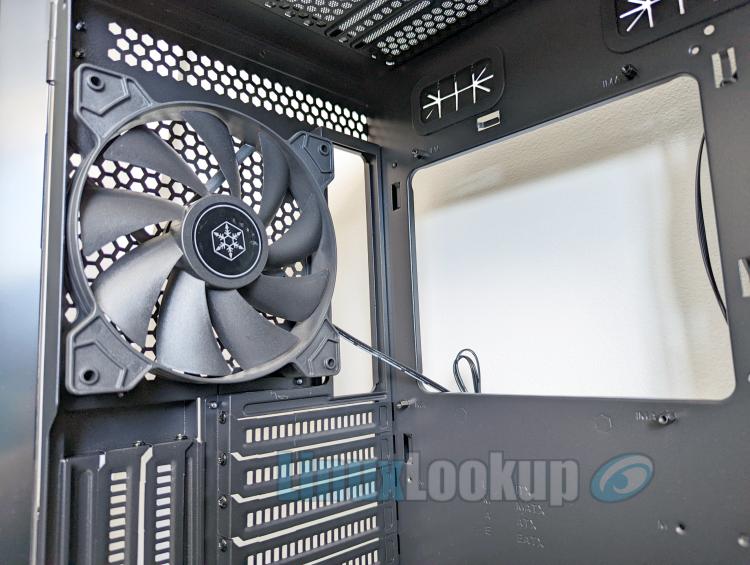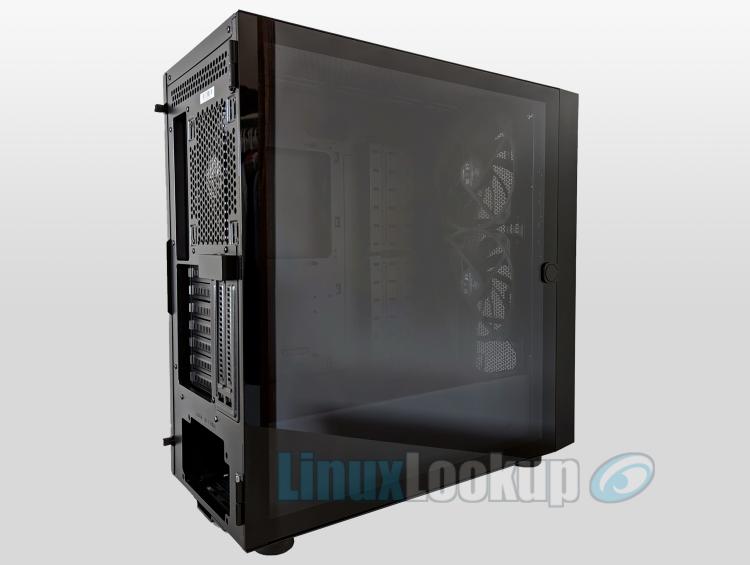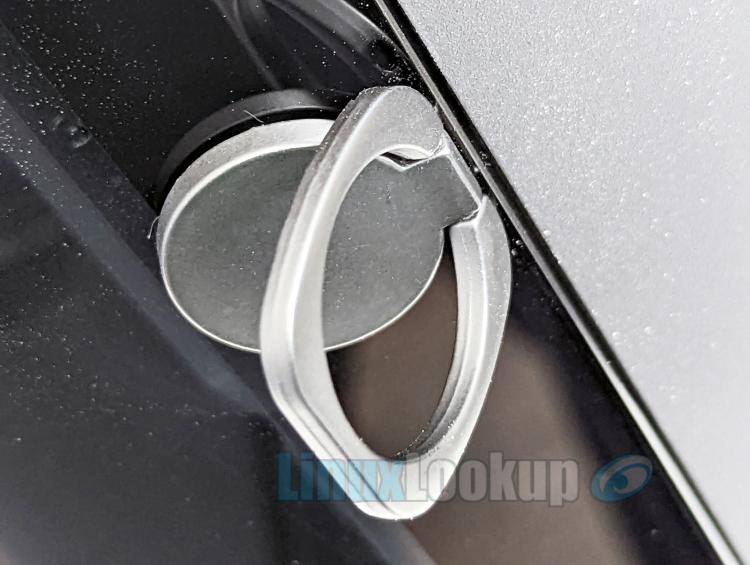SilverStone SETA H1 Case Review
The SilverStone SETA H1 mid-tower case offers a familiar internal layout with a new high airflow design, tinted tempered glass panel, three large fans, ARGB lighting along with extensive hardware and cooling compatibility.
Let's take a better look into what this case has to offer.
Currently the SilverStone SETA H1 mid-tower case is available at online retailers for $163.00 USD — a price point marginally below the MSRP of $179.99.
Included in the retail box is everything required for getting started, an ARGB controller, motherboard stand-offs, assortment of screws, plastic zip-ties and the optional NVIDIA 30 series graphics card bracket.
The SETA H1 is considered a mid-tower in size measuring 9.13" (W) x 19.45" (H) x 18.9" (D) with a volume of 55.01 liters and weighing in at a total of 21.3lbs (9.67 kg). It supports SSI-EEB, SSI-CEB, E-ATX, ATX, Micro-ATX, and Mini-ITX motherboards — offering a wide-range of system build potential.
The entire housing is constructed of steel, with the front panel being a combination perforated steel mesh and plastic from top to bottom. Overall, the chassis feels very solid with only a slight bit of flex on the right metal panel once removed and of course the left side panel being a solid tempered glass.
Integrated behind that perforated steel mesh is an ARGB light strip adding some unique ambiance without restricting airflow. Included is an ARGB controller featuring a magnetic backing for internal positioning, the strip may also be plugged directly into a motherboard header or if ARGB lighting isn't your thing can simply be left disconnected.
Depending on your motherboard, cable length for the ARGB strip doesn't have much slack if plugged into a header, so be mindful of this while pulling off the front panel.
Removing the front panel requires a modest bit of force given how the plastic clips attach to the chassis. Once detached, we can see the removable front fan / radiator bracket which comes pre-installed with two 160mm fans utilizing 140mm fan mounting holes.
Nowhere on the SilverStone SETA H1 product page does it indicate whether or not the front panel features a dust filter, and I myself was wondering this prior to going hands-on with the product.
As you can see, there is a dust filter so to speak, but it's made of a foam like material and affixed to the panel — not an ideal choice in my opinion as this filter cannot be removed for cleaning.
Topside of the chassis is open for airflow, featuring a removable plastic dust cover with a magnetic backing which adheres perfectly flat to the steel honeycomb mesh underneath. Though it seems sturdy enough, placing heavy objects on top of the mesh while the dust cover is present most likely isn't a good idea.
As shown above the I/O ports include USB Type-C x 1, USB 3.0 x 2, combo audio x 1 along with an illuminated power button, reset button and drive activity LED in a crisp white colour.
Nothing really noteworthy about the right side metal panel, though it does have tendency to drop down once the captive screws are released and you pull it back for removal, it would be great if there was a small channel to guide it better.
The SilverStone SETA H1 mid-tower case shares the same internal structure as the SilverStone Silent SETA Q1 case, without the ponderous extra weight of sound dampening materials and solid front panel.
Internally there is a back-plate cutout to ease CPU cooler installation, clearly stamped motherboard stand-off indicators, along with numerous cable routing cutouts (including plastic covers) in all the appropriate locations. Cable routing is very basic in nature, no fancy cable channel just logical routing paths with physical tie downs.
Other installation figures are quoted to support a standard ATX/PS2 250mm power supply unit (PSU) with a 279mm total clearance, graphics card length up to 394mm with width limit of 186mm, CPU cooler height limitation of 182mm and a maximum thickness for radiator and fans is 53mm to not cover the motherboard.
There is a two position 3.5" drive cage near the PSU location, with two 2.5" drive brackets along the backside. Frontward is also a multi-function bracket which can be used for either a cable cover, additional SSD bracket or reservoir bracket, all three functions cannot be used simultaneously but may also be removed completely if you so prefer.
Backside features a 7+2 PCI slot configuration with vented slot covers.
Underside features a removable screen type dust filter with a reinforced plastic octagon pattern to for added rigidity so the screen doesn't sag.
A few gripes on the underside though. The chassis sits upon four padded feet, clearance isn't high enough to remove the bottom dust cover without slightly lifting the case to unclip the dust cover. Additionally, padding used to prevent slip and scratching on the feet is a cheap foam like material which in my experience is susceptible to premature wear verses the superior alternative of rubber.
Functional design on the tempered glass panel is one of my favorite things about the SilverStone SETA H1 case. This slightly tinted glass panel has an effortlessly smooth hinge swing, as a circular ring handle can be collapsed when not in use to avoid obstruction. The entire panel is detachable too, just be observant of position and swing outward at least 90 degrees otherwise you could damage the glass on top of the housing.
Aside from the perforated steel mesh which allows for greater air intake volume verses a closed case, several other positive points can be noted regarding cooling. First and foremost, included with the SilverStone SETA H1 mid-tower case are one 140mm rear fan and two custom 160mm front fans — these large fans provide greater cooling surface to the internal system, whilst producing higher CFM and higher static pressure ratings.
Front cooling supports 120mm x 3, 140mm x 3, or 160mm x 2 fans along with 120mm, 140mm, 240mm, 280mm and 360mm radiators. Rear cooling supports 120mm x 1 and 140mm x 1 fans with 120mm or 140mm radiators. Top cooling supports 120mm x 3 and 140mm x 2 fans in addition to 120mm, 140mm, 240mm, 280mm and 360mm radiators.
With such an abundance of cooling & placement options you'll definitely want to refer to the product documentation prior to starting your build.
Performance testing was done with a system configuration of a Ryzen 7 5800X CPU, Noctua NH-D15 chromax.black CPU cooler and Radeon RX 6700 XT GPU. Our lab had an ambient temperature of 20°C, the system recorded an average temperature of 25.6°C idle and average temperature 35.4°C under a general workload while the noise emitted can be regarded as low to moderate.
Gallery
Conclusion
The Good - Pros- Includes a 140mm fan and two 160mm intake fans
- Clean modern aesthetic with unique ARGB
- Glass panel hinge design swings effortlessly
- Reinforced bottom dust cover prevents screen sag
- Broad range of connectivity and cooling options
- USB 3.1 Gen2 Type-C on front I/O
- Excellent airflow & cooling
The Bad - Cons
- Front panel dust filter material is affixed & cannot be detached
- Case must be lifted slightly to remove rear dust filter due to low profile feet
The Ugly - Issues
- N/A
The Verdict - Opinion
Aesthetically the SilverStone SETA H1 Mid-Tower Case offers a simplistic design with clean lines, no overbearing RGB or gimmicky composition. Build quality is solid, yet cost conscious — as reflected by the price point.
The three included fans provide efficient cooling, along with high airflow while still maintaining a moderate noise footprint. Overall, this enclosure offers several desirable attributes to accommodate for most Linux PC builds.
